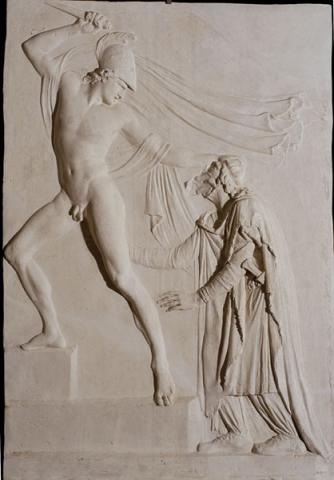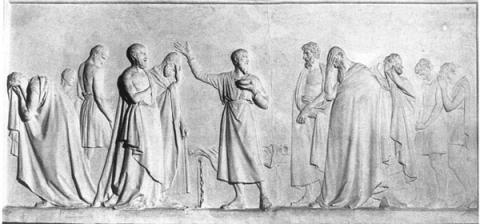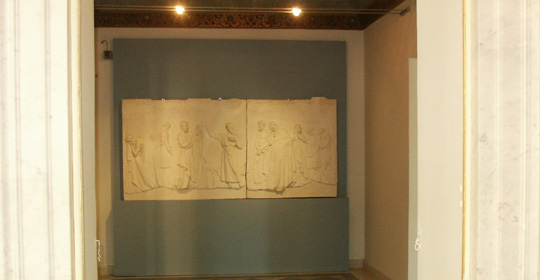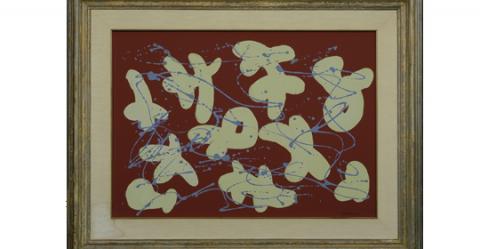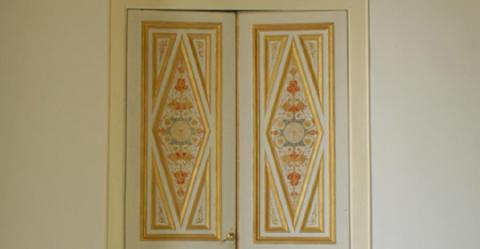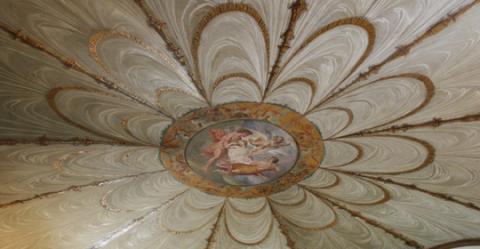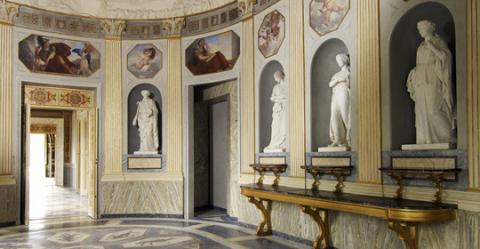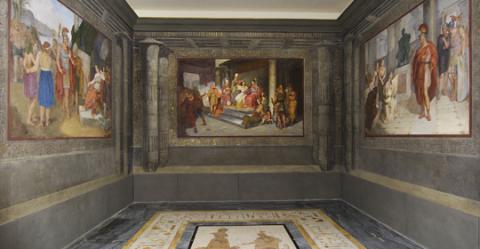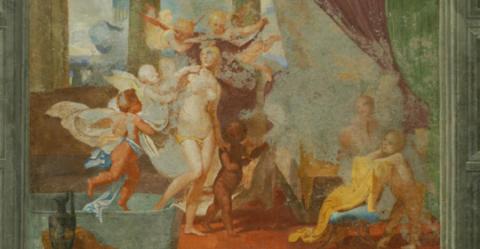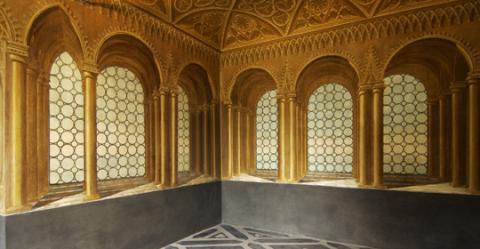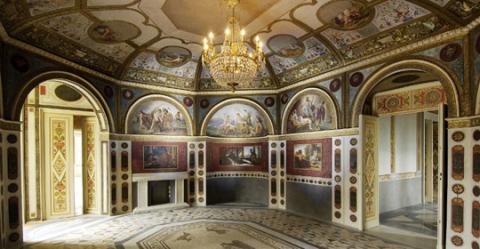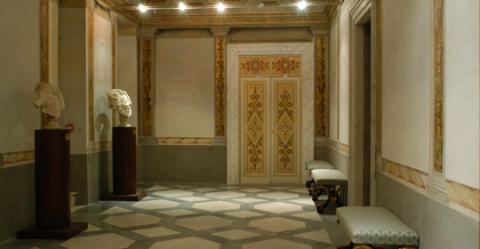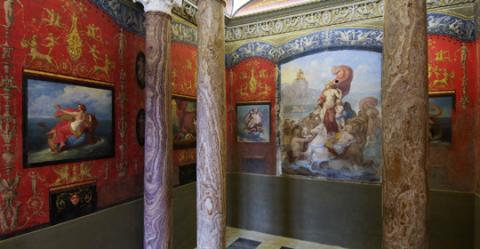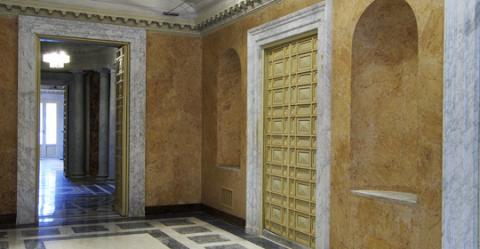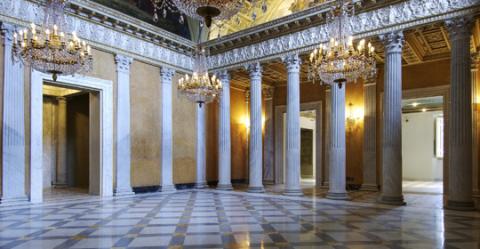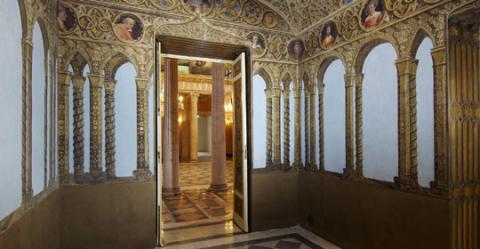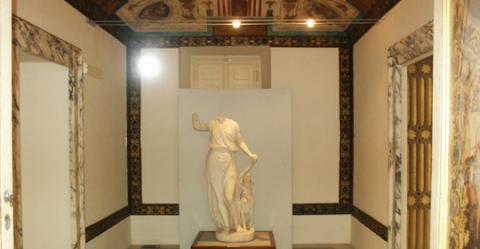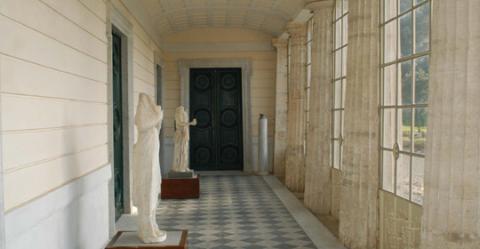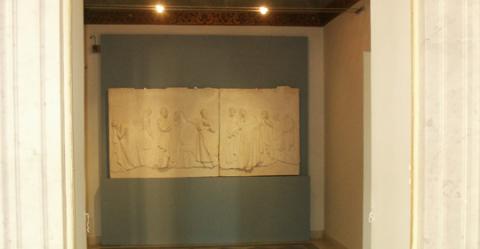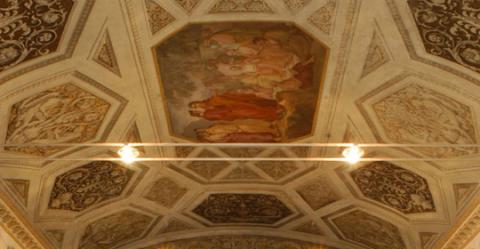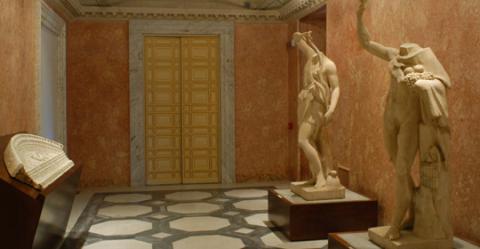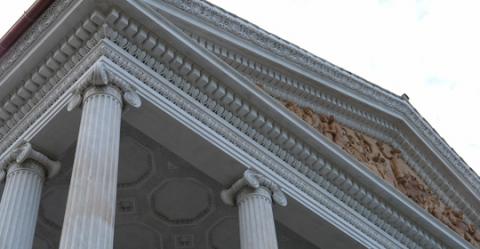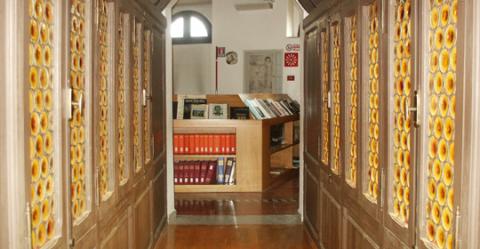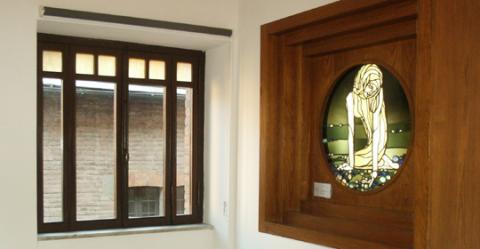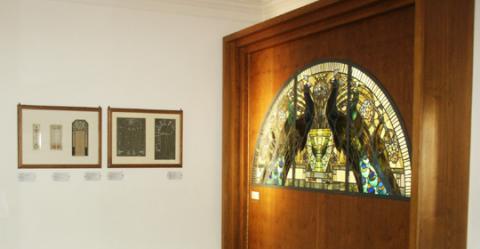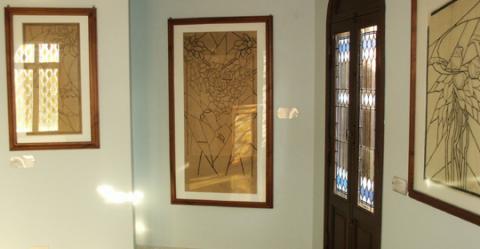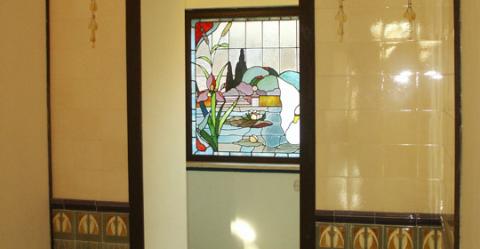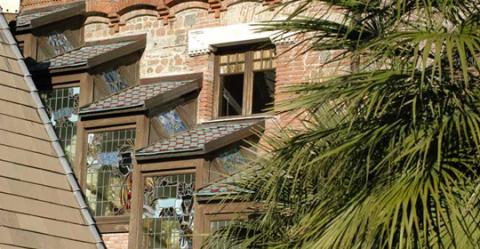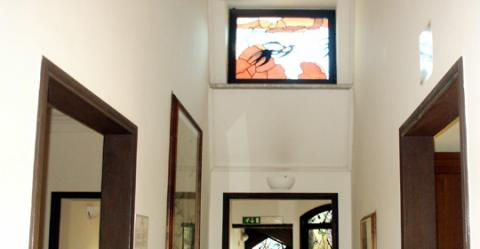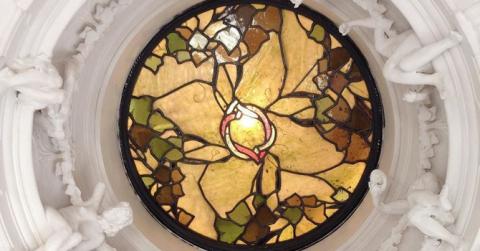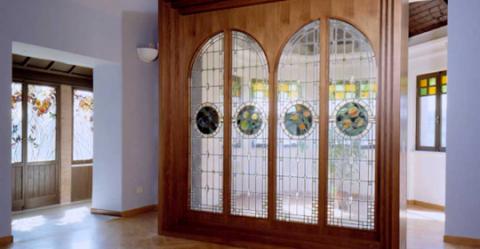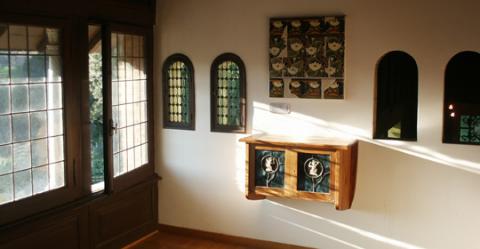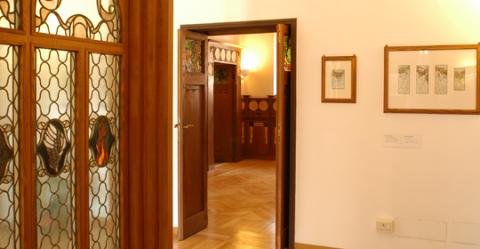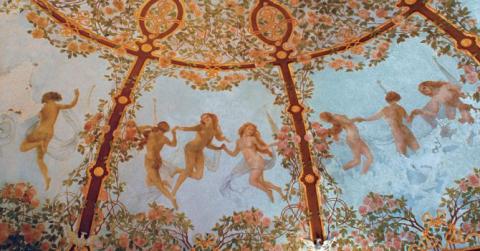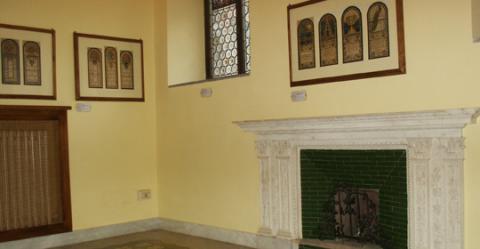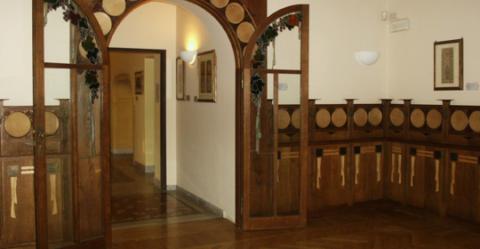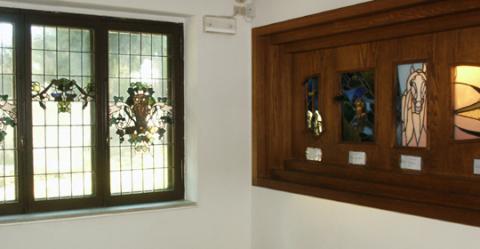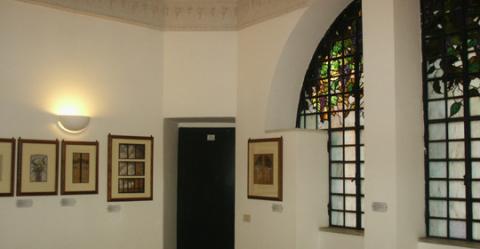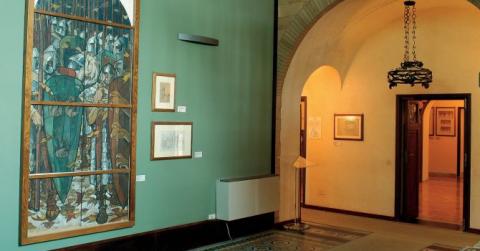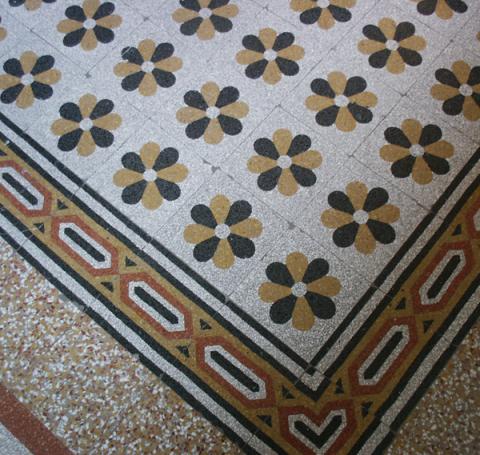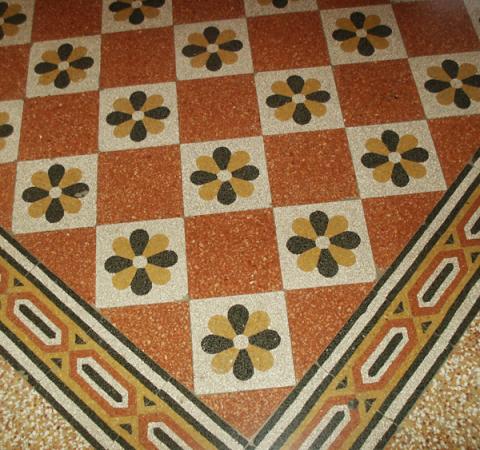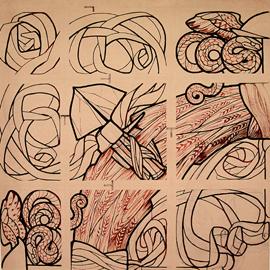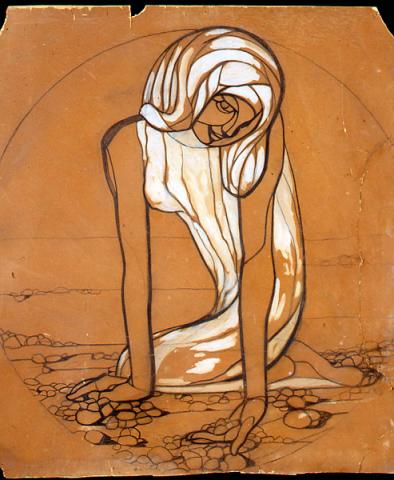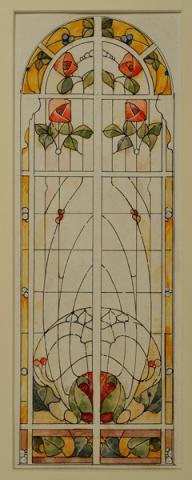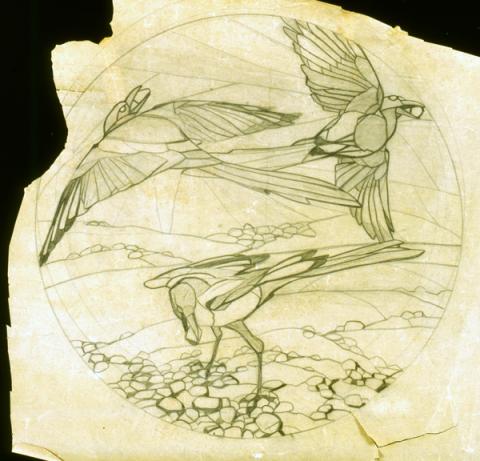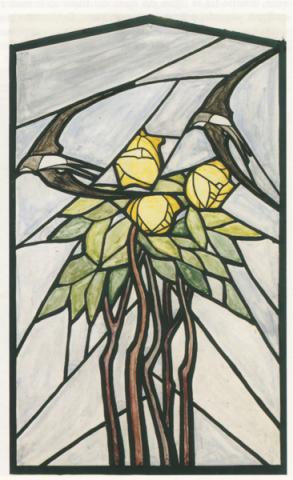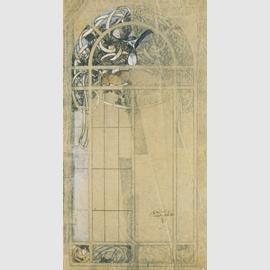The dance of the Phaeacians
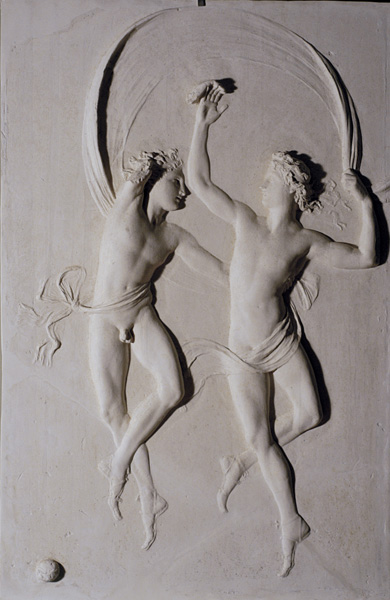
Antonio Canova (Possagno 1757 - Venice 1822)
The joyfulness in this Torlonia low relief is almost countered by the anguish in the two previous reliefs. The scene is taken from the eighth book of the Odyssey, in which Halios and Laudamas, the sons of Alcinoos, king of the Phaeacians, dance in front of Odysseus.
The rhythm that wraps itself around the bodies of the two youths is like a melodious wave underlined by the circularity of the drape that is made to whirl gracefully.
The ball at their feet symbolises the Greek myth of the perfection of the universe.
The plaster relief was structured to fit one of the rooms of the Villa, and thus only the central episode is shown. The figures present at the dance, which are seen in other series, are here missing.
The composition seems to have been chosen to match the themes enjoyed by the Torlonia family, of which dance in particular was one. This fact is supported by the copy (made by Bienaimé, a pupil of Thorvaldsen, which may have been kept in Palazzo Torlonia in Piazza Venezia) that the family owned of Canova’s dancer and the various casts
Masterpieces of the hall
The hall
The “Berceau” Room takes its name from the decorative motif on the vault that simulates a pergola.
At the centre there used to be a panel, painted by Domenico Del Frate, of putti fluttering around the Torlonia coat of arms. The walls were once decorated with views by Giovan Battista Caretti, but they have all been lost.






























